Walking along the magnificent walls of Ferrara feels like stepping back in time through centuries of Italian history. These impressive structures stretch for nine kilometers around the heart of this Renaissance city in Emilia-Romagna. They create one of the most complete defensive systems in Italy. What makes Ferrara’s walls truly unique is their remarkable evolution from military fortifications into a beloved public green space that now defines the city’s identity.
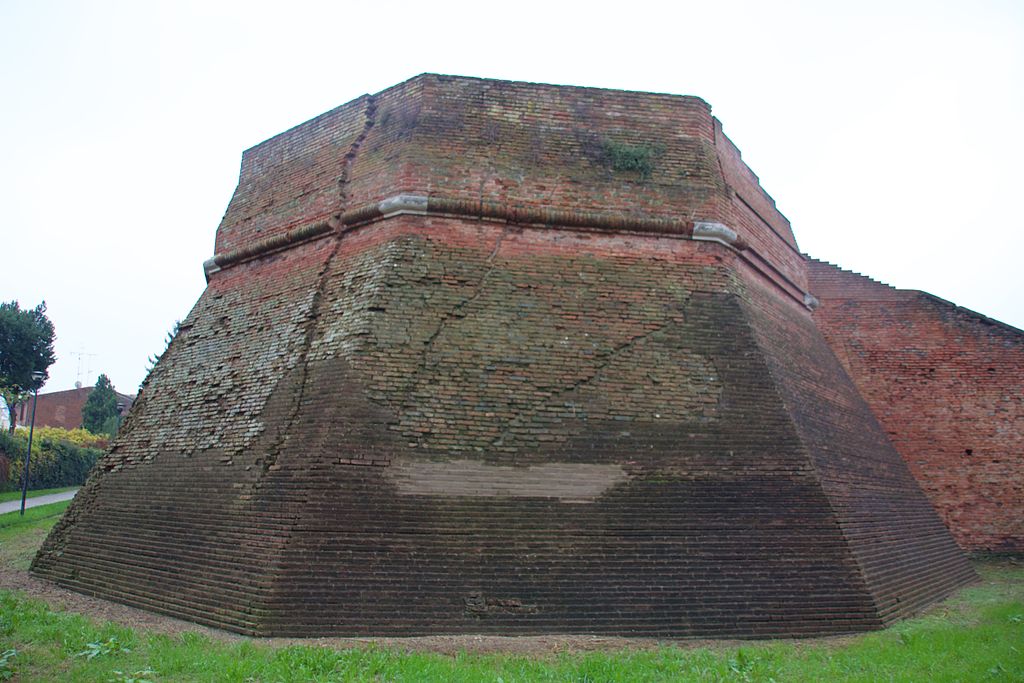
I discovered that these walls began as purely defensive structures in the 12th century but underwent many transformations through the ages. Even Michelangelo Buonarroti, the famed Renaissance master, contributed to their design. The walls showcase an architectural timeline with their varied bastions, towers, and gates. Each element tells a story of how military engineering adapted to changing warfare technologies.
Today, I love exploring this green belt that embraces Ferrara’s historical center by bike or on foot. The walls have become a peaceful park where locals jog, families picnic, and visitors admire panoramic views of the city. This transformation from war machine to public space represents how Ferrara has preserved its rich heritage while adapting it for modern life. It makes it a must-visit destination for anyone interested in seeing living history.
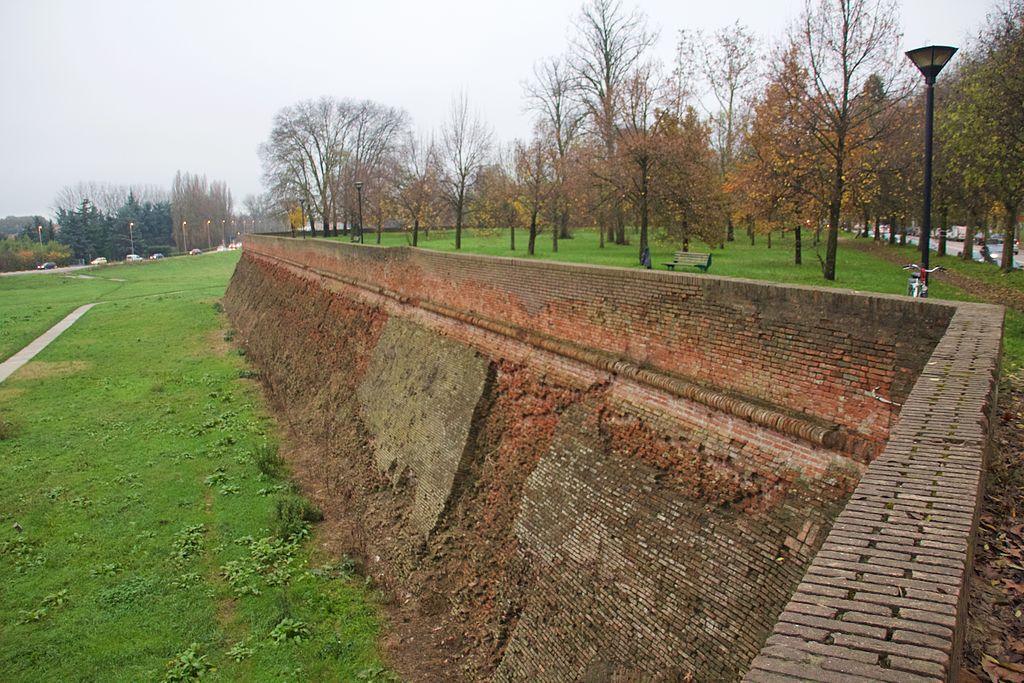
Ferrara’s Historical Tapestry
Ferrara’s rich history is woven into the fabric of its ancient walls and cultural significance. The city flourished as one of Italy’s most important Renaissance centers under the guidance of its ruling family.
Este Family and Their Legacy
The Este family ruled Ferrara for over three centuries, transforming it from a medieval town into a Renaissance jewel. I was fascinated to learn how these powerful nobles attracted brilliant minds to their court.
Nicolò III d’Este began this cultural revolution in the early 15th century. His sons Leonello and Borso continued his vision, making the city increasingly prestigious.
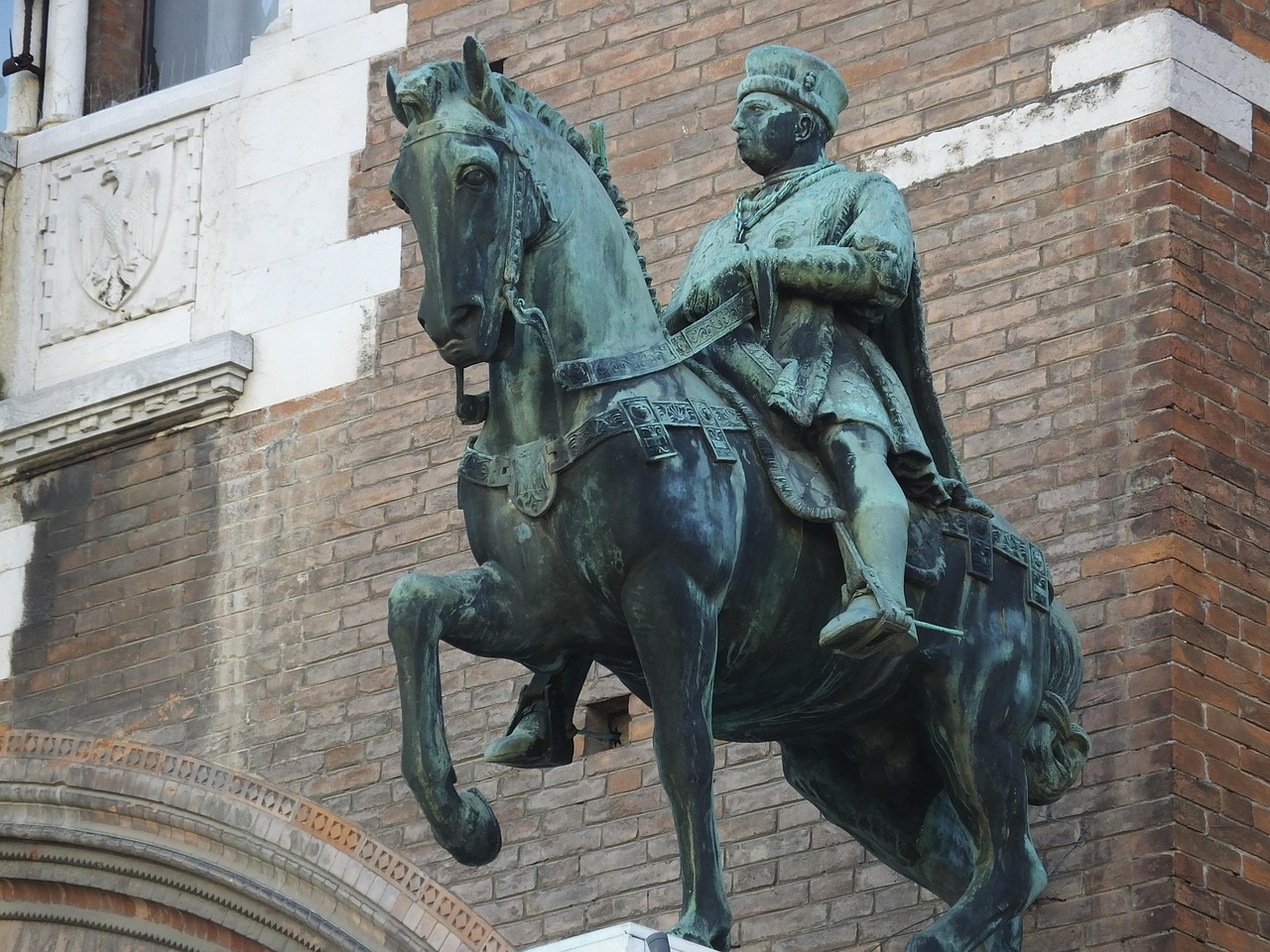
The most impressive ruler was Duke Ercole I (1471-1505), who implemented a revolutionary urban expansion plan called the “Addizione Erculea.” This doubled the city’s size and created wide, straight streets that were revolutionary for their time.
Under Alfonso I and his successors, Ferrara reached its peak of artistic splendor. The Este court became a haven for poets, artists, and musicians who transformed the cultural dynamic of the entire region.
Ferrara as a Renaissance Centerpiece
Ferrara emerged as a true Renaissance centerpiece, rivaling Florence and Venice in cultural importance. I’ve always been struck by how the city’s layout itself embodies Renaissance ideals of harmony and proportion.
The Cathedral of San Giorgio and the magnificent Palazzo dei Diamanti showcase the architectural brilliance that flourished here. Artists like Cosimo Tura and Francesco del Cossa created masterpieces that defined the “Ferrara School” of painting.

Humanist ideas thrived in Ferrara’s university, one of Europe’s oldest. The Este library contained precious manuscripts that attracted scholars from across Europe.
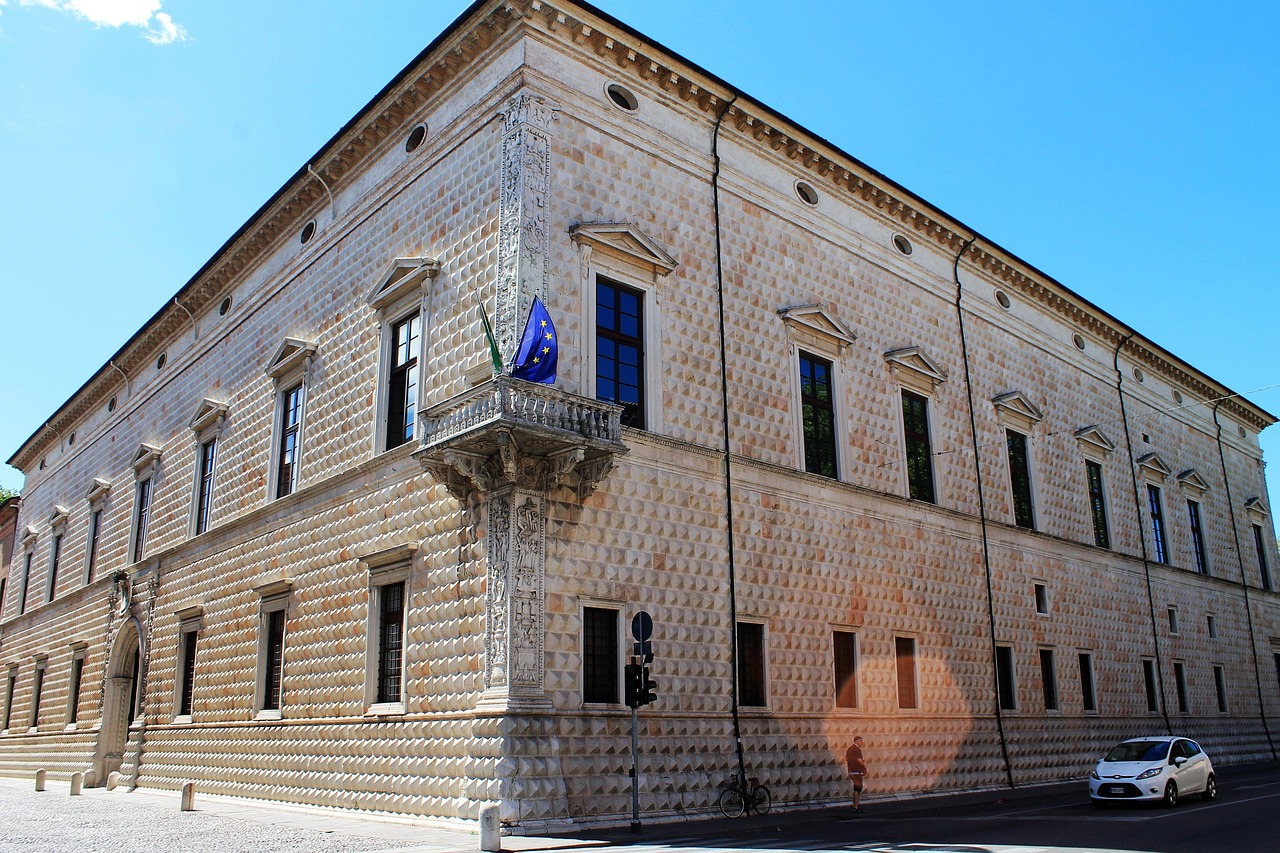
What makes Ferrara truly special is how it combined military engineering with artistic beauty. The impressive city walls, originally built for defense, now stand as a testament to Renaissance innovation.

This cultural flowering earned Ferrara UNESCO World Heritage status as a “City of the Renaissance.” Walking its streets today, I can still feel the creative energy that once made this city a beacon of art and learning.
Transforming Military Might to Public Space
The nine-kilometer defensive wall system surrounding Ferrara has undergone a remarkable transition from a purely military structure to a beloved public space. This transformation reflects broader changes in how cities repurpose historic defenses to serve modern community needs.
The Conversion of Ferrara’s Fortifications
Walking along Ferrara’s walls today, it’s hard to imagine they once stood as imposing military barriers. The impressive Torrione del Barco at the northwest end serves as a reminder of the wall’s 15th and 16th century military origins. As warfare tactics evolved, these massive stone fortifications gradually lost their defensive purpose.

In the modern era, city planners recognized the potential of these historic structures as public amenities. The walls were carefully preserved while being adapted with walking paths, bicycle routes, and green spaces that now serve as the city’s lungs.
Benches, lighting, and access points were strategically added to make the wall circuit accessible to all residents and visitors.
Adaptive Reuse and Identity Shift
The transformation of Ferrara’s walls represents one of the most successful examples of adaptive reuse in urban planning. Once symbols of division and defense, they now connect neighborhoods and provide recreational spaces for the entire community.

I’ve watched families picnic in grassy areas where soldiers once stood guard. The walls have become a cultural backbone of the city, hosting events, exhibitions, and festivals that celebrate Ferrara’s rich heritage.
This shift in identity from military might to public park hasn’t erased history but added new layers of meaning. The walls now embody both protection and inclusion, preserving medieval architectural features while serving contemporary urban needs.
Local residents now view these former fortifications as an essential part of their daily lives rather than relics of a distant military past.
The Fusion of Nature and Culture
Ferrara’s walls have transformed from stark military structures into vibrant spaces where nature and history blend seamlessly. The city has reimagined these ancient fortifications as living, breathing spaces for both residents and visitors.
Incorporating Accessibility and Greenery
Walking along Ferrara’s walls today, I’m struck by how beautifully they’ve integrated greenery into the historic structure. The once-forbidding ramparts now host tree-lined paths and carefully maintained gardens. Local authorities have prioritized accessibility, adding ramps and smooth pathways that make the 9-kilometer circuit navigable for everyone.

The former defensive positions now offer peaceful benches where I can pause and enjoy panoramic views of both the old city and surrounding countryside. Seasonal plantings add splashes of color throughout the year.
Families, joggers, and cyclists share these spaces daily. The transformation maintains the walls’ historic integrity while creating a practical green belt around the city center.
From Moats to Museums: Preserving History
The ancient moats that once protected Ferrara have found new purpose. Some sections have been converted into museum spaces showcasing artifacts discovered during restoration work. Others host outdoor exhibitions that tell the story of the city’s military past.
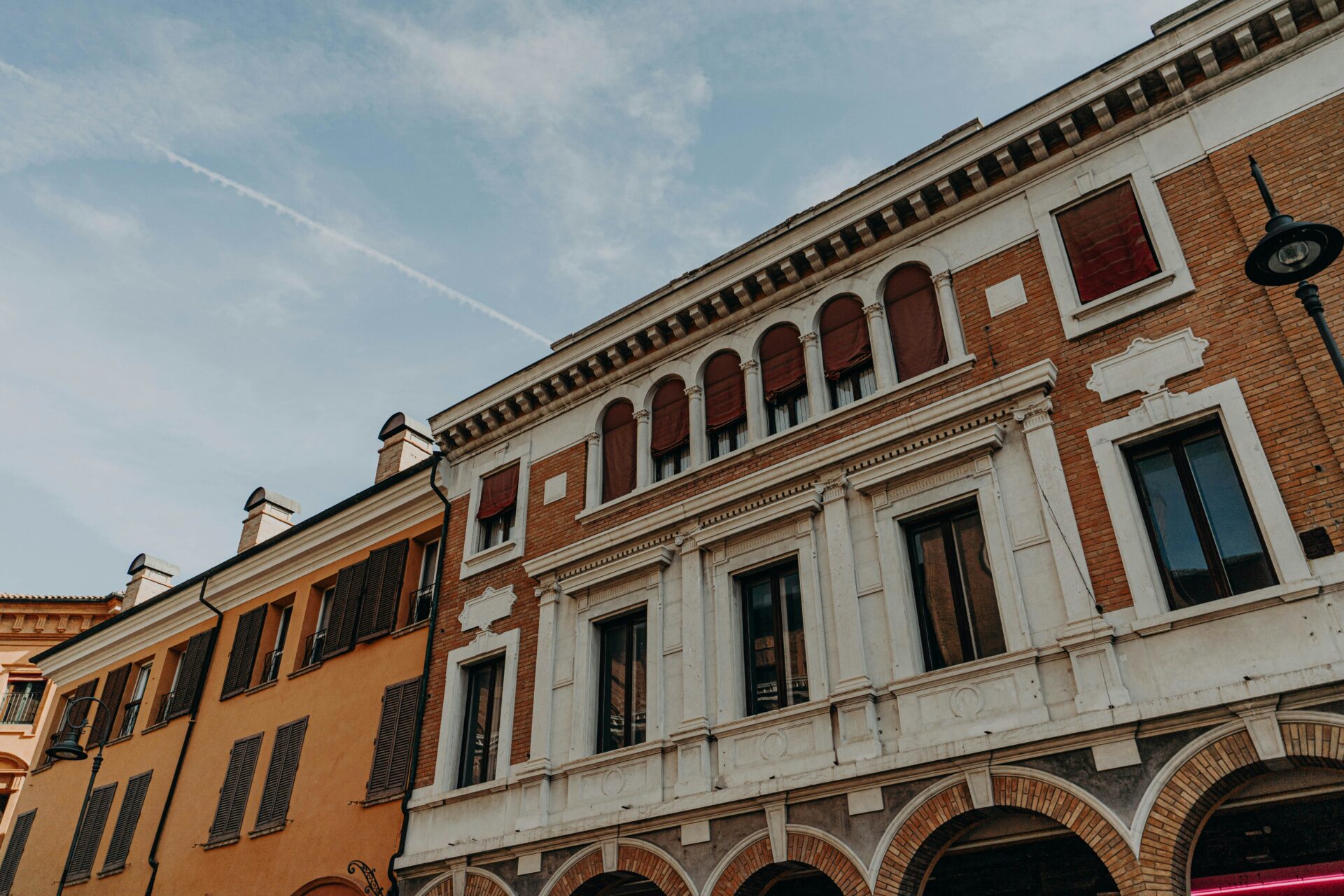
I’ve explored several small museums built into former guard towers and bastions. These intimate spaces display everything from medieval weaponry to architectural models showing how the walls evolved over centuries.
The former defensive courtyards now serve as performance venues for cultural events. During summer evenings, these spaces come alive with concerts and theater performances set against the backdrop of illuminated ancient stonework.
What impresses me most is how Ferrara balances preservation with innovation. The walls have become a major tourist attraction without sacrificing their historical significance or architectural integrity.
Significance in Art and Identity
Ferrara’s walls represent more than just military architecture—they’re canvases that tell stories of artistic expression and cultural identity. The impressive structures have inspired artists and helped shape how locals see themselves in relation to their historic city.
Celebrating Frescoes and Patronage
Walking along Ferrara’s walls, I’m always struck by how they served as spaces for artistic expression. During the Renaissance, wealthy patrons commissioned frescoes to decorate sections of the walls and their adjacent buildings. These artworks weren’t just decorative—they were statements of power and prestige.

The Este family, who ruled Ferrara, used artistic patronage to elevate the city’s status. They invited artists to transform the utilitarian walls into beautiful landmarks that rivaled those of Florence and other cultural centers.
Women of the Este court also played important roles as patrons, commissioning works that celebrated both military victories and peaceful civic life along the walls.
Identity Through the Lens of Art History
The walls appear frequently in historical paintings and drawings of Ferrara, becoming an inseparable part of the city’s visual identity. I’ve noticed how these artworks don’t just document the walls—they celebrate them as symbols of civic pride.
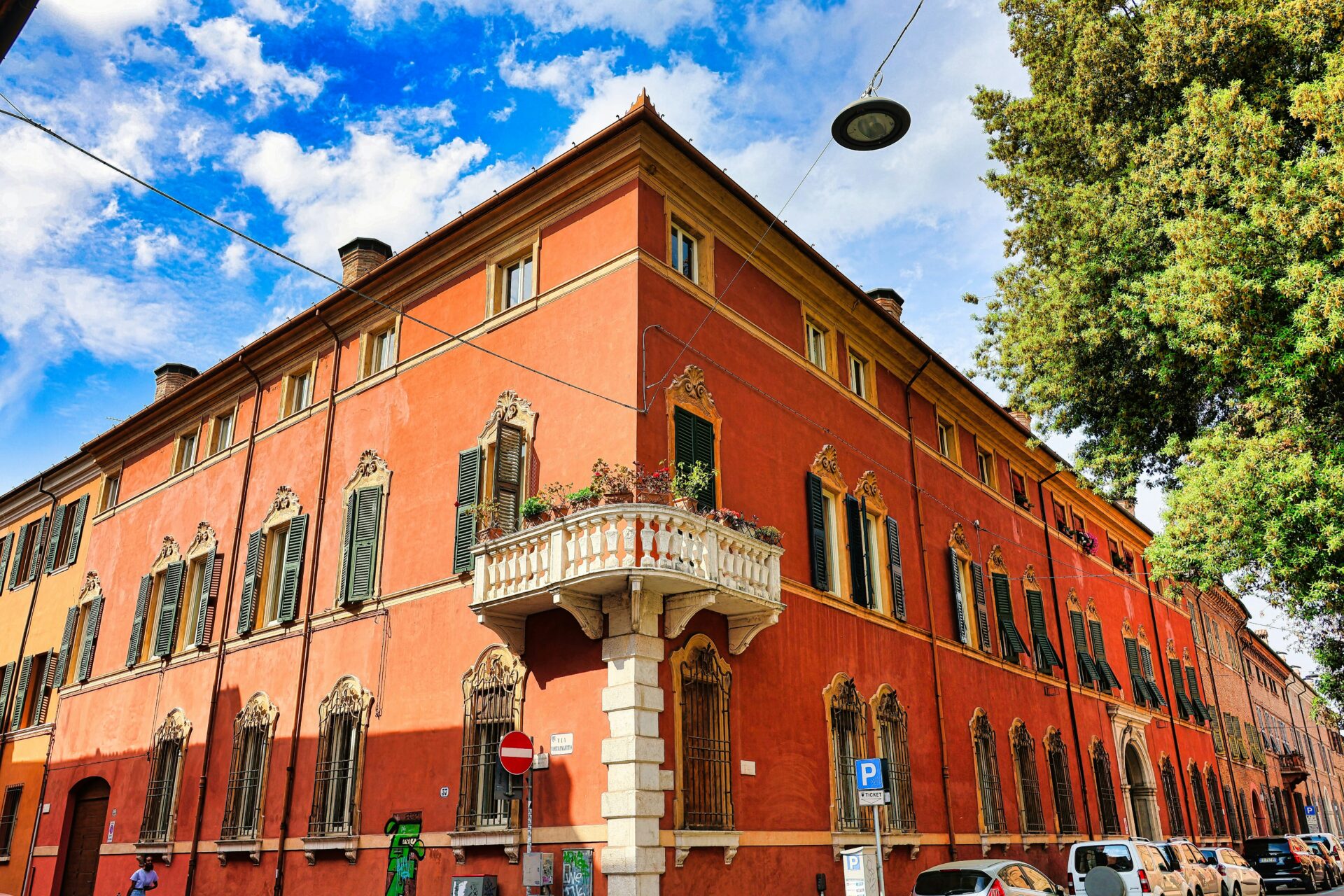
When Michelangelo studied the walls as “an example of the highest military art,” he helped cement their importance in Italian art history. This recognition elevated Ferrara’s status among Renaissance cities.
Today, modern artists continue to draw inspiration from the walls. Local festivals often feature performances and installations that use the walls as backdrops, helping new generations connect with this historic structure.
For Ferrara’s residents, the walls represent a shared heritage that crosses gender and class boundaries—a democratic monument that belongs to everyone.
Juxtaposing Past and Present
Walking along Ferrara’s walls today offers a fascinating contrast between their military origins and modern recreational use. The transformation from defensive structure to public space represents one of Italy’s most successful urban regeneration projects.
Ferrara Today: A Living Museum
The walls of Ferrara now serve as a living museum where history meets everyday life. I love how the 9-kilometer circuit has become a green belt surrounding the city center. What was once a military necessity is now a privilege for residents and visitors alike.

The metalwork of ancient gates and towers stands preserved alongside modern pathways and benches. During my morning walks, I’ve noticed how the bastions that once housed cannons now feature carefully maintained gardens.
The city has done an exceptional job integrating historical preservation with accessibility. Ramps and smooth pathways make most sections available to everyone, regardless of mobility needs.
Engagement with Modern Visitors
Ferrara’s walls have become a major tourist attraction that draws visitors year-round. I’ve seen families picnicking, joggers maintaining their routines, and photographers capturing the stunning views of both the historic center and surrounding countryside.
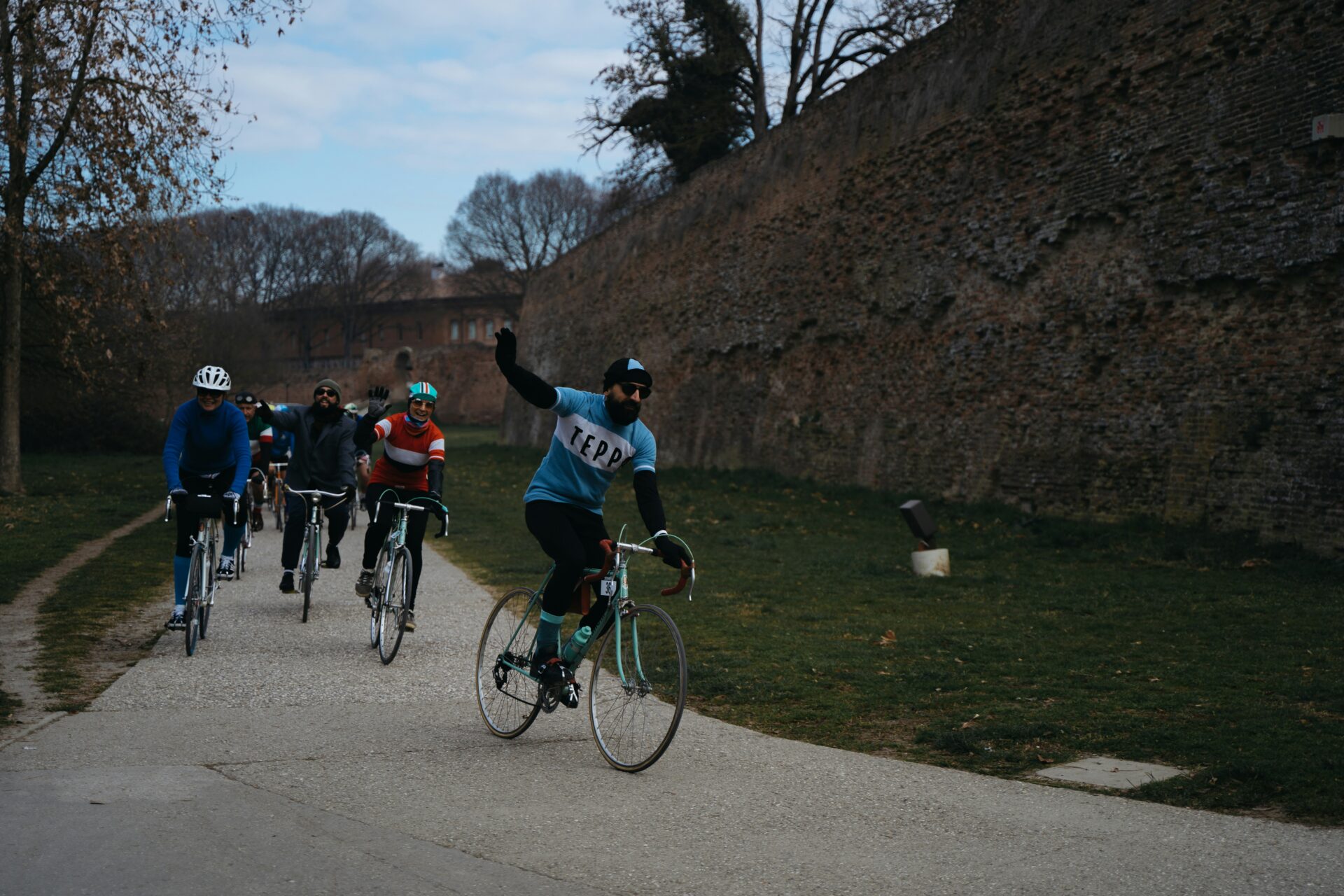
The city hosts regular arts and crafts movements along the walls. Local artisans display their work in the shadow of medieval fortifications. These events create a vibrant atmosphere that connects past craftsmanship with present creativity.
Digital innovations enhance the visitor experience through QR codes and an interactive app. I used these tools to learn about specific bastions and gates while exploring at my own pace.
The walls’ transformation represents sustainable tourism at its best. It preserves history while meeting modern needs for recreation and connection.

